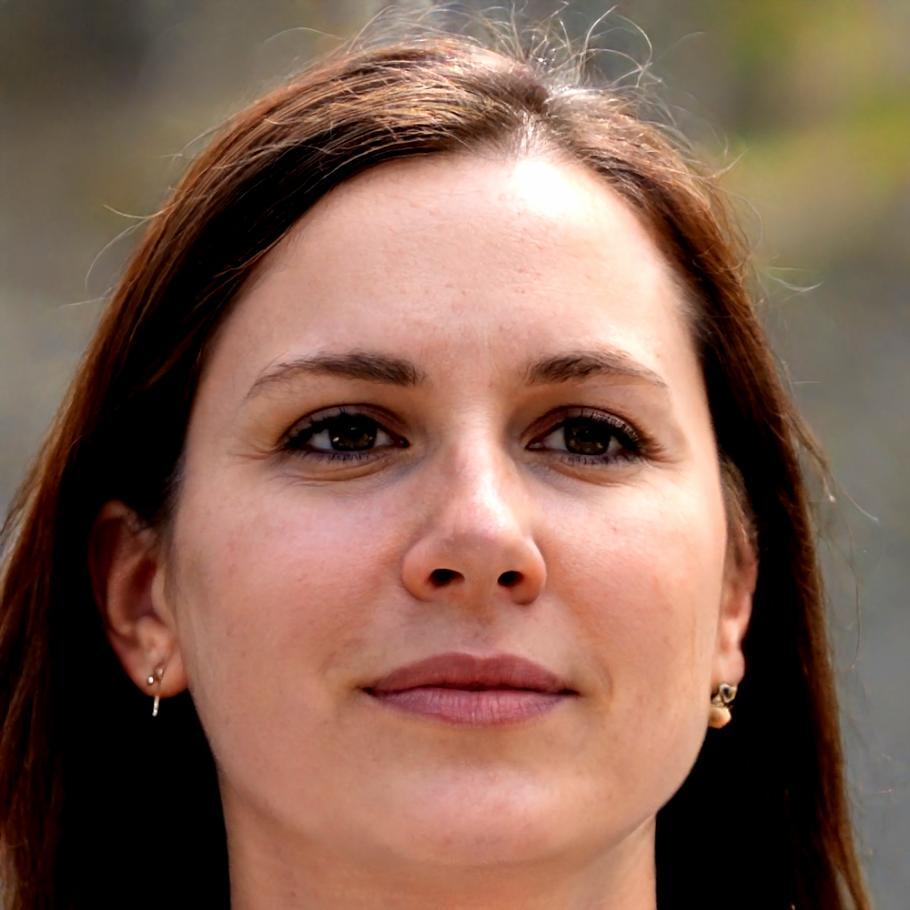Built by traders who remember being beginners
We started datadevbyteflux because we wished someone had shown us the basics without the jargon. No miraculous promises. Just clear explanations for people who want to understand markets.
How we got here
Three moments that shaped what we teach today. Each taught us something different about helping beginners find their footing in trading.
Started with honest conversations
Yordanka Dimitrova was tired of seeing friends lose money following complicated advice. She started meeting people at coffee shops around Sofia, explaining charts on napkins. Those casual sessions grew into something bigger—people wanted to learn without the pressure.
Built our first real curriculum
By then, we had notebooks full of questions people kept asking. What's a moving average? How do you read market sentiment? We organized everything into a structured course that assumed zero prior knowledge. The feedback was immediate—finally, something that made sense.
Growing with our community
This year we're focused on adding more practical exercises. People tell us they want to practice reading real market data before risking their own money. We're building tools that let students experiment safely while they're still learning the patterns.
Who teaches here
We're a small group who've all spent years making sense of markets. Now we help others get started.

Yordanka Dimitrova
Founder & Lead Instructor
Started trading in 2014 after a career in accounting. Teaches the fundamentals course and answers most of the beginner questions that come through our contact form.

Plamen Vasilev
Technical Analysis Instructor
Previously worked in software before discovering he preferred reading charts. Handles the intermediate modules on pattern recognition and helps students understand technical indicators without overcomplicating things.
What guides our teaching
These principles shape every lesson we create. They're not corporate values—they're how we actually work.
Start from zero knowledge
We assume students have never looked at a trading chart before. Every term gets explained. Every concept builds on the previous one. Nobody should feel lost in the first week.
Skip the hype
Trading involves risk. We talk about losses as often as gains. Students should understand what can go wrong, not just what might go right. Realistic expectations help people make better choices.
Practice with real data
Theory only goes so far. Our courses include exercises using actual market information from recent months. Students learn to spot patterns in the same messy data they'll encounter later.
Answer the awkward questions
Some questions feel too basic to ask in public forums. We encourage them. Often the "simple" questions reveal gaps in how we've explained something. Those conversations make our materials better.